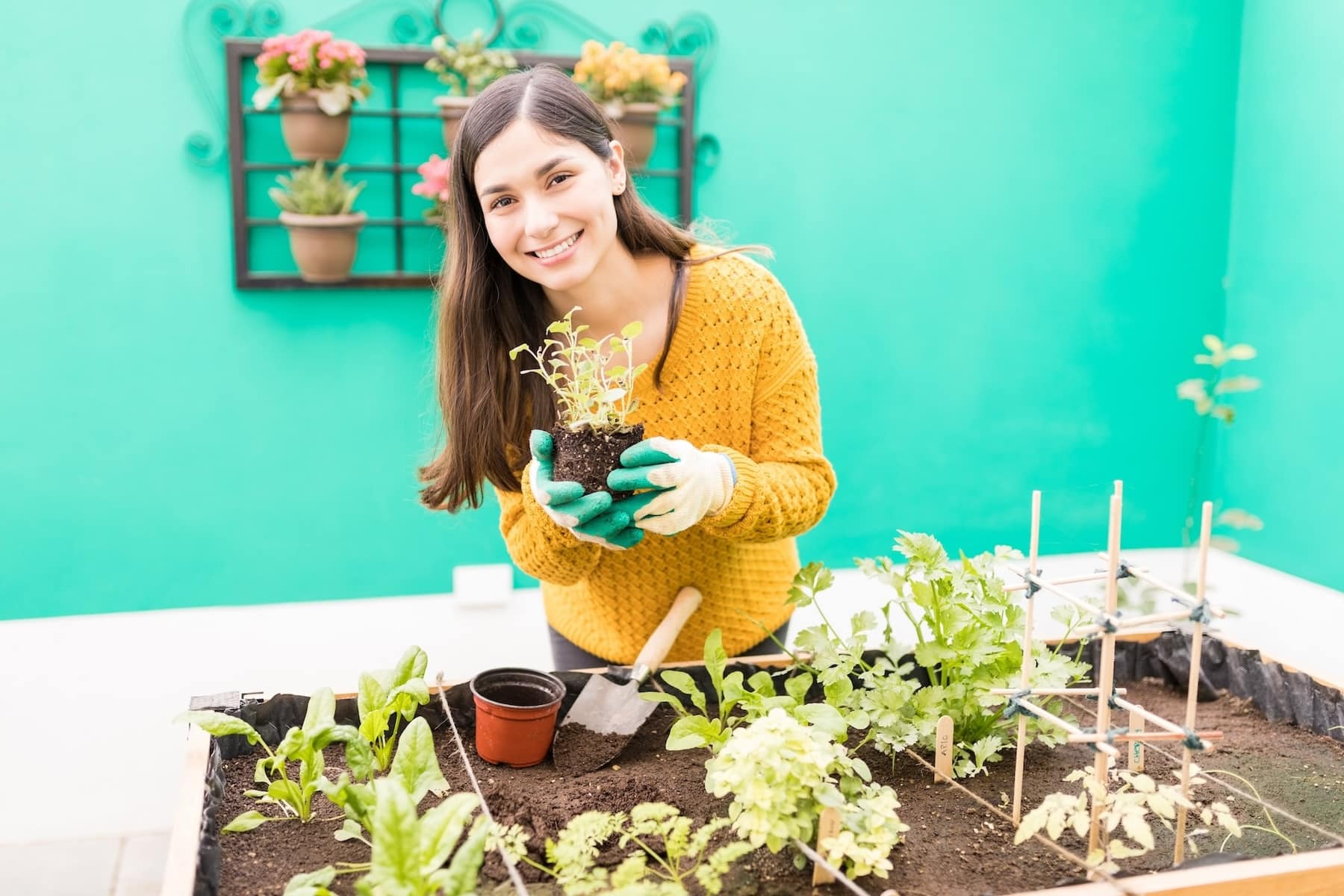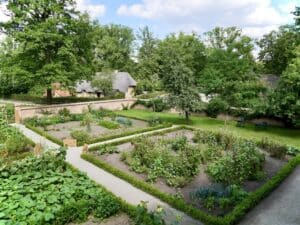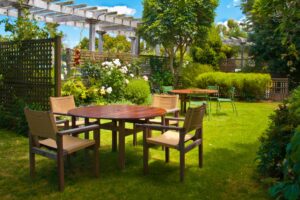How to Start a Garden Design Project: Step-by-Step Planning Guide for Beginners

At Diaco’s, we know that creating a beautiful garden starts with a great plan. Whether you’re working with a courtyard, backyard or acreage, having a clear design makes everything easier. You don’t need fancy tools or a landscaping degree—just a bit of planning, the right advice, and a love for getting your hands dirty.
This blog breaks it down into five simple steps to help you get started on your garden design project. From setting goals to choosing plants, you’ll find everything you need to grow a garden that works for your space and your lifestyle.
Step 1: Identify Your Goals and Needs
Before picking up a shovel, ask yourself: what do I want from this garden?
Start by thinking about how you plan to use the space:
- Do you want a quiet spot to relax?
- Are you dreaming of a veggie patch to grow your own food?
- Need room for kids or pets to run around?
- Planning to entertain outdoors?
Next, consider your lifestyle. If you’re time-poor, you might want low-maintenance plants. If you enjoy gardening, you can go all out with seasonal planting and edible crops.
Make two lists:
- Must-haves (e.g., raised beds, shade, privacy)
- Nice-to-haves (e.g., water feature, firepit, outdoor seating)
This gives you a clear vision and helps with decisions down the track.
Step 2: Assess Your Space and Climate
Every garden is different. A good design works with your space, not against it.
Look at your yard at different times of the day. Where does the sun hit? Where’s the shade? Are there spots where water pools after rain? Walk around and take notes.
Here’s what to check:
- Sunlight – Full sun, part shade or full shade?
- Soil – Sandy, clay, or loamy? Dry or damp?
- Drainage – Does water soak in or sit around?
- Wind – Are there strong gusts in certain areas?
- Views – Do you want to block or frame a view?
Also, take note of your climate zone. Plants that thrive in Melbourne’s cooler conditions may struggle up north or in coastal heat.
Tip from Diaco’s: Bring photos and a rough sketch into one of our stores—we’ll help you match the right plants to your space.
Step 3: Budgeting and Planning Your Design
Now it’s time to think money and layout.
Work out how much you want to spend overall, then break it down:
- Site prep (soil, mulch, compost)
- Hardscaping (paths, pavers, garden beds)
- Plants and pots
- Tools or irrigation
- Extras like lighting or seating
A garden doesn’t have to be done all at once. Start with the bones—paths, trees, structures—then layer in plants and finishing touches over time.
Grab a piece of paper (or use an app) and draw your space. Mark out:
- Garden beds
- Seating areas
- Entertaining zones
- Shade or shelter
- Walkways and access paths
Keep it simple. You’re not drawing a blueprint—just a plan to guide you.
Tip from Diaco’s: Not sure where to start? Our garden design consultations can help create a tailored plan that suits your space and budget.
Step 4: Choosing Your Plants and Materials
Here’s where the magic happens. The right plants and materials bring your design to life.
When picking plants, think about:
- Purpose – privacy screening, ground cover, feature plant?
- Light needs – full sun, part shade, full shade
- Growth habit – upright, clumping, spreading, vining
- Water needs – drought-tolerant or moisture-loving?
Aim for a mix of shapes, sizes, and textures. This adds interest all year round.
Consider using native plants or hardy varieties that cope well with Australian conditions. They’re often low-maintenance, attract birds and bees, and thrive with minimal water.
Popular choices:
- For colour: Grevillea, Kangaroo Paw, Lavender
- For structure: Lomandra, Agave, Westringia
- For shade: Tree ferns, Frangipani, Japanese Maple
- For screening: Lilly Pilly, Viburnum, Bamboo
Don’t forget your materials! Things like timber edging, crushed rock, pavers or raised beds all shape your design and help with function.
Tip from Diaco’s: Chat to us about what’s in stock and in season—we’ll help you pick winners that suit your goals.
Step 5: Executing and Maintaining Your Garden
Once your design is ready and supplies are sorted, it’s time to dig in.
Start with soil prep. Good soil is the foundation of a healthy garden. Mix in compost, aged manure or organic matter to enrich your beds.
Next, get your layout in place. Build garden beds, lay paths, and install irrigation or tap timers. Then begin planting—start with the big stuff like trees or feature shrubs, then fill in with smaller plants and groundcovers.
After planting:
- Water deeply to help roots settle in
- Apply mulch to keep soil cool and reduce weeds
- Label new plants if needed
Then it’s all about upkeep. Regular care will help your garden thrive:
- Water as needed (early morning is best)
- Feed with slow-release fertiliser seasonally
- Prune and trim to shape growth
- Weed and mulch as required
Tip from Diaco’s: Pop in each season for fresh advice—our team is here to help your garden stay happy year-round.
Wrapping Up
Starting a garden design project doesn’t have to be overwhelming. Take it one step at a time, enjoy the process, and don’t be afraid to ask questions along the way.
At Diaco’s, we’re not just a garden centre—we’re your garden partner. Whether you’re planning a full backyard makeover or want to improve a tired front yard, we’re here to guide you with expert advice and friendly service.
Need a hand getting started?
Book a garden design consultation at Diaco’s and let us help you turn your ideas into a thriving outdoor space.
-
 27, May, 2025
27, May, 2025Smart Garden Layout Ideas: How to Maximise Your Outdoor Space
At Diaco’s, we believe every garden has potential. Whether you’ve... -
 9, May, 2025
9, May, 20257 Garden Design Principles to Transform Your Outdoor Space
At Diaco’s, we know that creating a garden isn’t just... -
 2, Apr, 2025
2, Apr, 2025Serenity Indoors: Top 7 Air-Purifying Plants for Healthier Homes
A good plant will brighten your mood, freshen the air...


